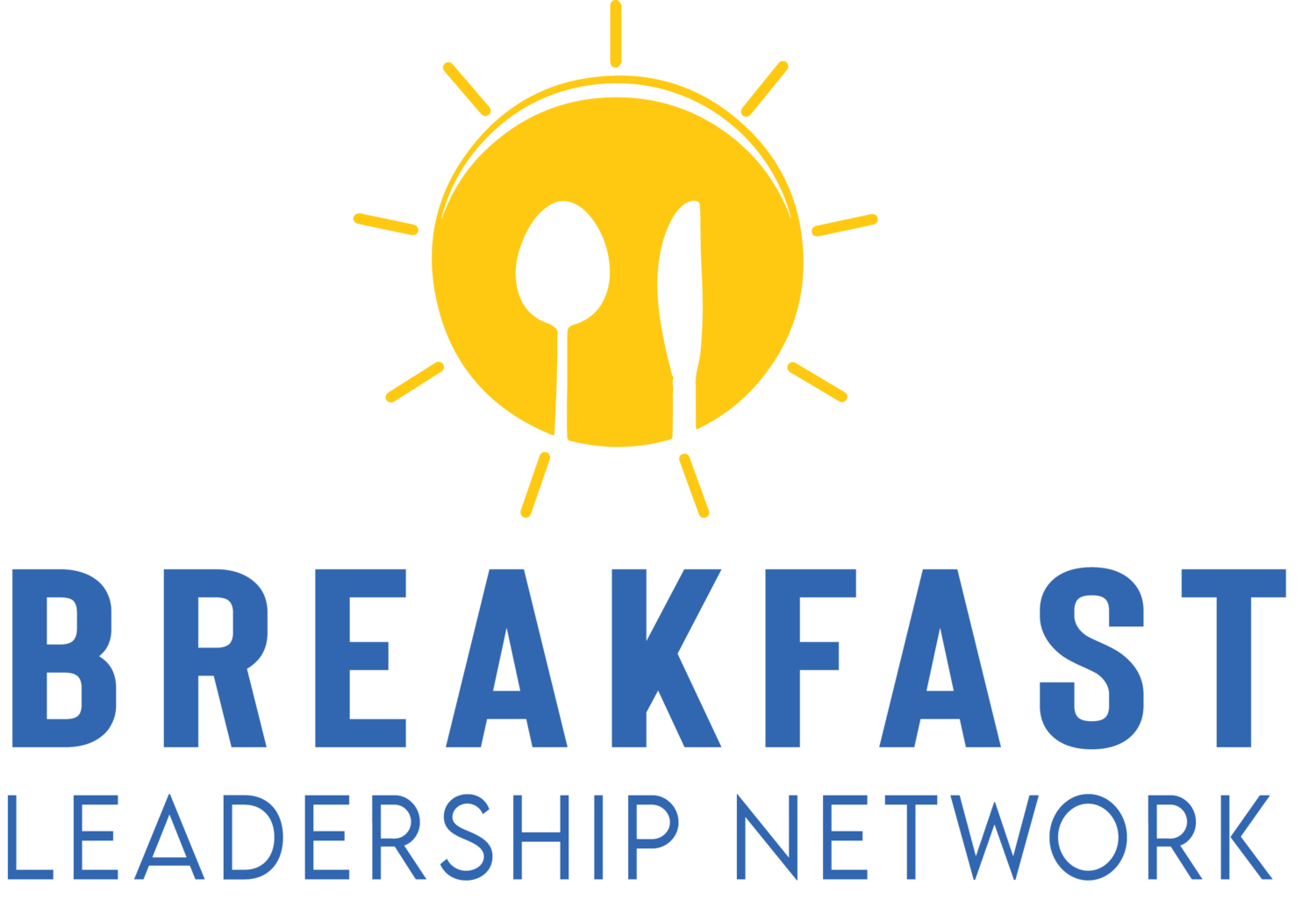When “Civility Crisis” Claims Become a Convenient Narrative
The YMCA WorkWell article argues that incivility from community members toward nonprofit employees is an underappreciated threat, pointing to survey data showing that 76 % of nonprofit staff say negative interactions affect their well-being. They connect those incidents to increased burnout, turnover intention, and demand for mental health supports. (blog.ymcaworkwell.com)
But as someone who thinks deeply about workplace culture, burnout, and leadership, I see several gaps in this narrative. The cause-and-effect is weak. Some framing is alarmist. And the solutions implied (which they promise to supply later) risk treating symptoms instead of root causes. Below, I unpack the counterpoints, and invite nonprofit leaders to apply rigor, nuance, and agency rather than accepting incivility as fate.
1. Correlation is not causation: beware narrative leaps
YMCA WorkWell rightly notes that survey respondents who report negative interactions are more likely to report burnout. But they explicitly concede: correlation does not necessarily mean causation. (blog.ymcaworkwell.com) Yet the rest of the article slides toward causal language, suggesting that incivility is driving burnout, attrition, and mental health strain.
In reality, many confounders could explain the relationship. For instance:
Overwork, under-resourcing, role conflict, systemic underfunding, lack of role clarity all of these are well-documented drivers of burnout.
Those same conditions can make negative interactions more emotionally salient (because a person already has low bandwidth).
People in more stressed roles might both encounter more difficult interactions and also report more burnout, without one causing the other.
To treat incivility as the main villain risks overlooking the structural and operational flaws that make any negative interaction more damaging than it would otherwise be.
2. The framing centers victims and neglects agency
By elevating external “community members” as antagonists, the article casts nonprofit employees almost exclusively as passive recipients of abuse. But that framing undercuts the possibility that internal dynamics, leadership decisions, training, and systemic policies matter too.
Consider:
How much of the “negative interactions” could have been mitigated with better conflict training, boundary setting, or more clarity in roles and expectations?
Are nonprofit organizations investing in staff empowerment debriefing, psychological safety, real escalation paths or simply telling employees “tough it out”?
By heavily weighting external “incivility,” the article risks absolving organizations of responsibility for how they prepare staff to navigate friction.
In other words: yes, external rudeness matters but it is not exogenous. Good leaders build contextual buffer zones so that staff are not exposed without protection.
3. Survey design and framing raise red flags
YMCA WorkWell’s approach is interesting adding a custom question to their existing “Insights Survey” asking: “To what extent do you believe that negative interactions … impact your personal well-being at work?” (blog.ymcaworkwell.com)
That design is vulnerable to response bias:
People who are already feeling burnout are more likely to notice or remember negative interactions, and thus answer affirmatively.
The question asks for subjective belief of impact, not objective measures.
Without control groups or longitudinal measurement, we can’t tell whether reported “impact” is new or simply correlated with general dissatisfaction.
Any article claiming a “rising trend” must rule out survey artifacts (changes in wording, increased sensitivity, sampling bias) which the YMCA piece does not sufficiently address.
4. The “nonprofit sector” is too broad to generalize
YMCA WorkWell lumps together child care, health, development, housing, and more claiming that “this trend” is industry-wide. (blog.ymcaworkwell.com) But nonprofits differ wildly in resourcing, client populations, local politics, leadership structure, and mission intensity. A homelessness outreach provider in an urban core faces very different relational stresses than a small arts nonprofit in a rural community.
By aggregating data across such heterogeneity, the analysis risks blurring nuance. Some sectors may indeed be seeing rising external incivility; others might see static or even improved public civility. The article should segment by mission, geography, or institution size but it does not.
5. The “incivility epidemic” narrative may discourage personal resilience
When we treat incivility as a looming epidemic we all must merely suffer, we risk perpetuating learned helplessness. Employees may feel powerless to respond discouraged from constructive pushback or negotiation, if the dominant narrative is: “you are at the mercy of rude clients or participants.”
Instead, leadership and culture work should emphasize resilience strategies, communication skills, and scaffolding structures (peer support, debriefing, psychological safety). These aren’t “blaming the victim” they are equipping people with tools. But those tools are mostly missing from the article, which emphasizes doom and burden.
6. Solutions must tackle both external and internal levers
I concede: negative interactions, incivility, and conflict are real. But treating them as primarily external forces ignores what nonprofits can control. True leadership must:
Design protocols for escalation, debriefing, and safe exit from toxic interactions
Train employees in de-escalation, boundary setting, assertive feedback
Improve staffing ratios, allocate buffer time, and ensure staff are not chronically overextended
Collect feedback on how staff feel about organizational support, not simply “did you experience rudeness”
Empower staff to have voice in redesigning programs, policies, and participant interactions
In short: don’t just highlight the incivility monster build shields, pathways, and adaptation capabilities.
Why I wrote about this (and what you can do next)
Over at the Breakfast Leadership Network blog, I’ve argued that culture isn’t just “feelings” it is engineered through choices, feedback loops, and continuous adaptation. See, for example, “Why Burnout Is a Sign of Bad Design, Not Personal Weakness” or “When You Tell People to Be Kind but Don’t Change the System” (search those phrases on BreakfastLeadership.com/blog).
If leaders simply accept incivility as an irreversible external force, they abdicate responsibility for shaping a lasting culture. I challenge you: don’t make this a ghost story you quote at leadership meetings. Instead, interrogate which parts you can control, iterate, and measure your own shifting metrics (staff sense of safety, ability to escalate, resilience over time).
If you want, I can write a follow-up article with a model for nonprofit leaders to build incivility resilience systems weaving CBT, feedback loops, and design thinking. Let me know.
